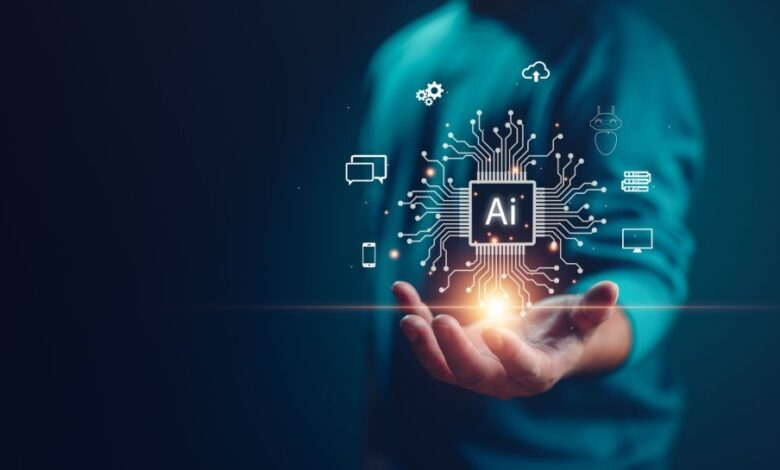Adopting Generative AI in the legal sector: what’s the actual ROI?

Flash news (not really): the legal profession is undergoing a significant transformation with the advent of advanced automation technologies, particularly Generative AI. You must all have heard already that the latter’s potential for enhancing the efficiency and accuracy of tasks for lawyers and legal operatives is enormous. How enormous, exactly, and what to do about it? It’s still quite unclear. I speak to legal professionals on a daily basis and have realized one thing: they know they need to do something about GenAI – but they’re not sure what, or how much it will cost, or how successful their experiments are likely to be. This is problematic, especially given the pace of change in GenAI, which is getting faster and faster: anyone with an anxiety-driven, uninformed decision-making process will be left behind. In parallel, everything I read about GenAI these days is full of superlatives and vague hypotheses that say nothing in the way of practicality and costs.
So here, I wanted to give a detailed analysis of GenAI’s most promising applications in the legal sector (what to prioritize for hesitant teams) – and more importantly, the true ROI they can bring (a bit more certainty on how much to invest, for what result). Two priority areas that our legal clients are interested in, in this context, are property lease review and jurisdiction analysis. These areas demonstrate the use of GenAI on very long and highly unstructured documents, often tens of pages long, which are scans of scans. Previous generation technologies failed to add substantial value to this space, whereas GenAI is expanding the potential. These areas also have a legitimate problem that needs solving and streamlining, as typically high-volume work.
CEO and founder of Curvestone.
Use cases: property lease review & jurisdiction analysis
A typical property lease review involves understanding the parties involved, reviewing the terms of the lease, identifying clauses of special interest, and conducting jurisdiction analysis. This process can be quite detailed and menial: the legal professional must meticulously review each term of the lease, including the duration, rent details, security deposit terms, use of property conditions, maintenance and repair responsibilities, alteration and improvement rules, insurance requirements, subleasing and assignment terms, and more. They must also pay extra attention to certain clauses such as escape clauses, force majeure, and dispute resolution methods – with a high cost for getting it wrong.
Jurisdiction analysis involves examining the addresses and locations of the contracting parties, scrutinizing clauses mentioning governing law, evaluating the language and legal terms used, reviewing dispute resolution provisions, and looking for contextual references to region-specific laws, regulations, or entities. This process is critical to understanding the legal framework that governs the contract. This is also an area where human error can end up being very costly, if you consider the logistical and outcome implications of a contract being resolved in the correct way and country. For example, imagine that you sign a UK contract with a person who is based in a different country. If it is not stated that the jurisdiction for this contract is the UK, it could be argued that conflict resolution will be held in alternative international courts.
Without using GenAI, these tasks could take a legal professional anywhere between one to three hours per document. If we assume that the cost of a professional’s time in a mid to large law firm is $1 per minute, (on the basis of an industry average of $120 per hour and assumption of base salary plus fully loaded costs) then the manual review of each document would range from $60 (1 hour) to $180 (3 hours).
What’s Generative AI true ROI?
GenAI can review the same documents and analyze them in a fraction of the time, at a cost of $0.50-$3 (assuming using the most powerful algorithms with only low processing cost attached per document), extracting key details and surfacing critical clauses. Even when factoring in an additional ten minutes for the legal professional to review the outputs of the AI system, the cost for automated review of each document falls between $11 to $12. The cost savings per document with GenAI, therefore, range from $49 (for a 1-hour manual review) to $169 (for a 3-hour manual review).
To calculate GenAI’s real ROI, it’s pretty simple: we multiply the cost savings per document by the number of documents reviewed. Let’s consider three different volumes of documents (and also consider that certain teams will process different volumes of leases per month – it’s worth also noting that leases are just a drop in the ocean. There are many variabilities in terms of the documents that need to be analysed). The three volumes in this context are: 10,000; 100,000; and 1,000,000.
To calculate GenAI’s real ROI, it’s pretty simple: we multiply the cost savings per document by the number of documents reviewed. Let’s consider three different volumes of documents (and also consider that certain teams will process different volumes of leases per month – it’s worth also noting that leases are just a drop in the ocean. There are many variabilities in terms of the documents that need to be analysed). The three volumes in this context are: 10,000; 100,000; and 1,000,000.
Beyond the numbers: the intangible ROI
While these figures are impressive, the benefits of GenAI extend beyond pure financial cost savings. GenAI can also significantly enhance the accuracy of document review, reducing the risk of errors, especially when combined with a human-led verification step. It also offers scalability, allowing firms to handle larger volumes of documents and take on more clients – leveling the playing fields between small and large firms.
Add to this the fact that the efficiency of automated document review opens up the possibility of offering new services, such as rapid document review, which can create entire new revenue stream opportunities. But perhaps most importantly, GenAI allows legal professionals to focus on higher-value work. By automating routine tasks, staff can engage in more complex, strategic tasks, leading to better professional growth and job satisfaction – which is an important driver of talent, as 2023 saw only 55% of employees in the legal and professional services sectors to be “fully engaged” with their company, and the other 45% being disengaged to varying degrees.
While all those things are less quantifiable, they are important aspects to mention when you draw up your GenAI strategy and think about the financial and human investment required to adopt it firm-wide. And if you’re feeling anxious about change, use this methodology and calculate what a leap into next-gen technology will mean for your firm, your teams, and your bottom line, before jumping in with both feet.
We’ve featured the best AI chatbot for business.
This article was produced as part of TechRadarPro’s Expert Insights channel where we feature the best and brightest minds in the technology industry today. The views expressed here are those of the author and are not necessarily those of TechRadarPro or Future plc. If you are interested in contributing find out more here: https://www.techradar.com/news/submit-your-story-to-techradar-pro



